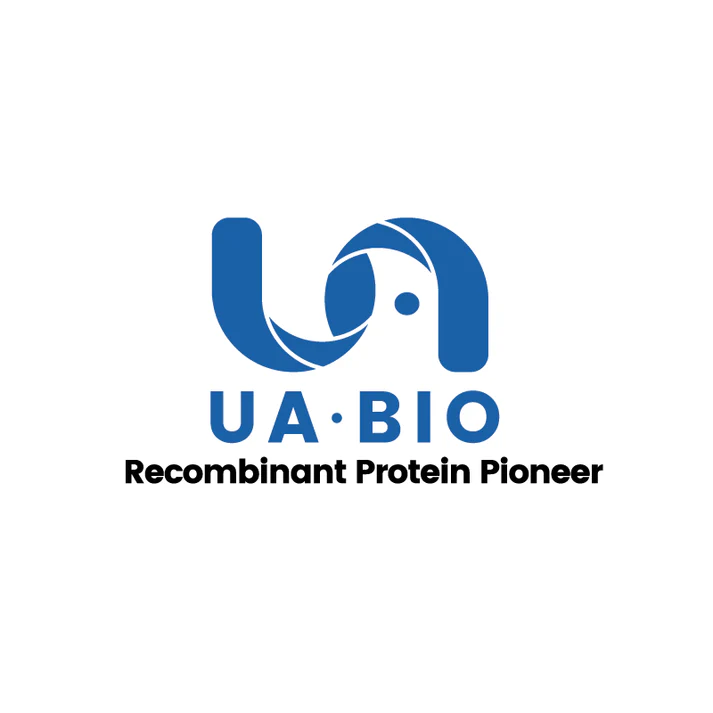In the 50µl reaction system, the 5' end of the mRNA with a length of 541nt forms a Cap0 cap structure, and the specified amount of this product or the FCE of a foreign company (Competitor) is added. After the cap addition experiment, RNase H enzyme cutting purification is carried out, and the Cap0 cap addition rate is analyzed using LC-MS. The test results show that the cap addition effect is consistent with that of the Competitor N Company. The effect in the figure is for reference only, and the effect may be different under different cap addition substrates.
Product Details
Product Details
Product Specification
| Species | Faustovirus S17 |
| Synonyms | Faustovirus Capping Enzyme; FCE |
| Expression System | E.coli |
| Molecular Weight | 95 kDa (Reducing) |
| Purity | >95% by SDS-PAGE & HPLC |
| Tag | His Tag |
| Physical Appearance | Liquid |
| Storage Buffer | 40 mM Tris-HCl, 100 mM NaCl, 50 mM Arginine, 0.1 mM TCEP, 50% Glycerol (pH 8.0 @ 25°C) |
| Stability & Storage | Store at -25 ~ -15℃ for 2 years |
| Reference | [1] Chan S H ,Christa N. Molé,Dillon NyeLili MitchellNan DaiJackson BussDaniel W. KnellerJoseph M. WhippleG. Brett Robb.Biochemical characterization of mRNA capping enzyme from Faustovirus[J].RNA, 2023, 29(11):1803-1817. |
Background
Faustovirus capping enzyme (FCE) catalyzed the addition of N7-methylguanosine cap (m7G) at the triphosphate and diphosphate positions at the 5′ end of the transcription product to produce RNA with Cap-0 cap. FCE is a monosubunit enzyme with three enzyme activities required to add Cap-0 cap structure to RNA: triphosphatase, guanine transferase, and (guanine-N7)-methyltransferase. The addition of Cap-0 cap structure, the first nucleotide 2′-O-methylation (Cap-1) and polyadenylation tailing (poly(A)) are key steps in eukaryotic mRNA maturation. The Cap-0 structure can also increase RNA stability and avoid triphosphorylated RNA activate the natural immune response.
FCE can maintain capping activity from low temperature to high temperature range of 55°C. Generally, 1 µl FCE (25 units) can be capped over 100 µg of RNA in 1 hour at 37°C. This product provides GTP and S-adenosylmethionine (SAM) required for capping activity.
Components
UA070118: 25 U/μl Faustovirus Capping Enzyme in 40 mM Tris-HCl, 100 mM NaCl, 50 mM Arginine, 0.1 mM TCEP, 50% Glycerol (pH 8.0 @ 25°C)
10* Capping Buffer: 500 mM Tris-HCl, 50mM KCl, 10 mM MgCl2, 10mM DTT (pH 8 @ 25°C)
Protocol
1. Combine RNA and Nuclease-free H2O to a final volume of 38 µl.
2. (Optional) Heat at 65°C for 5 minutes.
3. Place tube on ice.
4. Add the following components in the order specified:
Components |
Volume |
RNA (from above) |
38 μl |
10* Capping Buffer |
5 μl |
GTP (10 mM) |
2.5 μl |
SAM (2 mM, diluted from 32 mM stock) |
2.5 μl |
Faustovirus Capping Enzyme (25 U/μl) |
2 μl |
5. Incubate at 37°C for 30 minutes.
6. RNA is now capped and ready for use in downstream applications. Some applications may require RNA to be purified prior to use.
Guidelines
1. Before incubating the mRNA solution with the Faustovirus Capping Enzyme, heat the mRNA solution at 65°C for 5 minutes to open the secondary structure at the 5' end of the transcription product. For highly structured 5' end transcription products, the time can be extended to 10 minutes or the denaturation temperature can be appropriately increased.
2. SAM is unstable at pH 7-8, 37°C and needs to be freshly configured before the reaction starts. To avoid SAM degradation, the working solution needs to be stored on ice.
3. RNase inhibitors can be added to the reaction system to prevent RNase contamination, and the recommended concentration is 1-2 U/μl.
Unit Definition
Picture
Picture
Bioactivity
SDS-PAGE
2μg (R: reducing condition, N: non-reducing condition).
SEC-HPLC
95.9%


